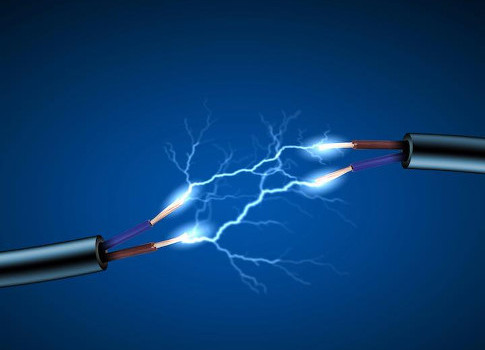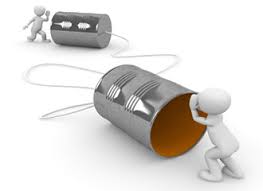TECHNOLOGY FOCUS
The concept of “noise” is well known in general. Any sounds that are received as undesirable to the human mind count as noise. Contrastingly, any sounds that please our human minds qualify as desirable – maybe even sweet to our ears. We can term these types of sounds “signals”.
These concepts are carried over to electronic systems:
- Signals are desirable;
- Noise is undesirable.
The purpose of this course is to identify the sources of noise in electronic systems (principally communications systems and radar receivers) and then to determine how best to minimise its undesirable effects


COURSE CONTENT
All electronic systems suffer inherently from the existence of unwanted perturbations, known generically as noise.
It is a major design challenge to minimise the effects of noise and this course addresses the issue considering RF (also other related) systems.
WHO SHOULD ATTEND
This course presents an overview, fundamentals, theory and practical aspects relating to noise and its minimization in RF subsystems which will be of interest to:
- engineers and technical staff
- managers and business development personnel
who plan to pursue the minimization of noise in their systems.

Due to ongoing Covid-19 pandemic, and the uncertain travel recommendations for Spring 2021, it is decided that this course will run Online during this period. The daily schedule will be adjusted to fit remote training. Make a preliminary booking and we will keep you updated.
Day 1
- Types of RF systems (overview):
From terrestrial communications systems to quantum computers;
- Fundamental noise considerations:
From noise power through to minimum detectable signal and practical examples.
Day 2
- Noise figure for an attenuator (substantial analysis);
- Sources of noise in a FET. Thermal (diffusion) noise. Shot noise;
- Flicker noise.
Day 3
- Phase noise: general considerations including application to oscillators
(substantial analysis and interpretation);
- Frequency dependence of noise figure.
Day 4
- Noise minimization
- Overall noise figure for cascaded blocks
- Analytical results and practical examples.
- Noise-matching and narrowband LNA design
- Broadband LNA design: CAD optimization
- Practical examples of LNAs (mainly MMIC realizations)
- Parametric amplifiers
- Removing active elements from the signal path;
- Rationale and fundamental considerations;
- Analytical results;
- Possible implementation in quantum computers.
Day 5
Digital communication systems
- From noise in ADCs (ENOB) through to spectral efficiency. (substantial analytical approaches – practical implications);
- Channel capacity and the Hartley-Shannon theorem
- Practical aspects.
- Bit error rate (BER: probability of received bit error) for various digital modulation schemes (ASK through to 64QAM);
- BER results compared – practical implications.
Dr. Edwards has written a text that is a recommended reference. The reference is not required for this course.
Title: “Technologies for RF Systems”
by Terry Edwards. Artech House UK. ISBN: 9781630814502,

